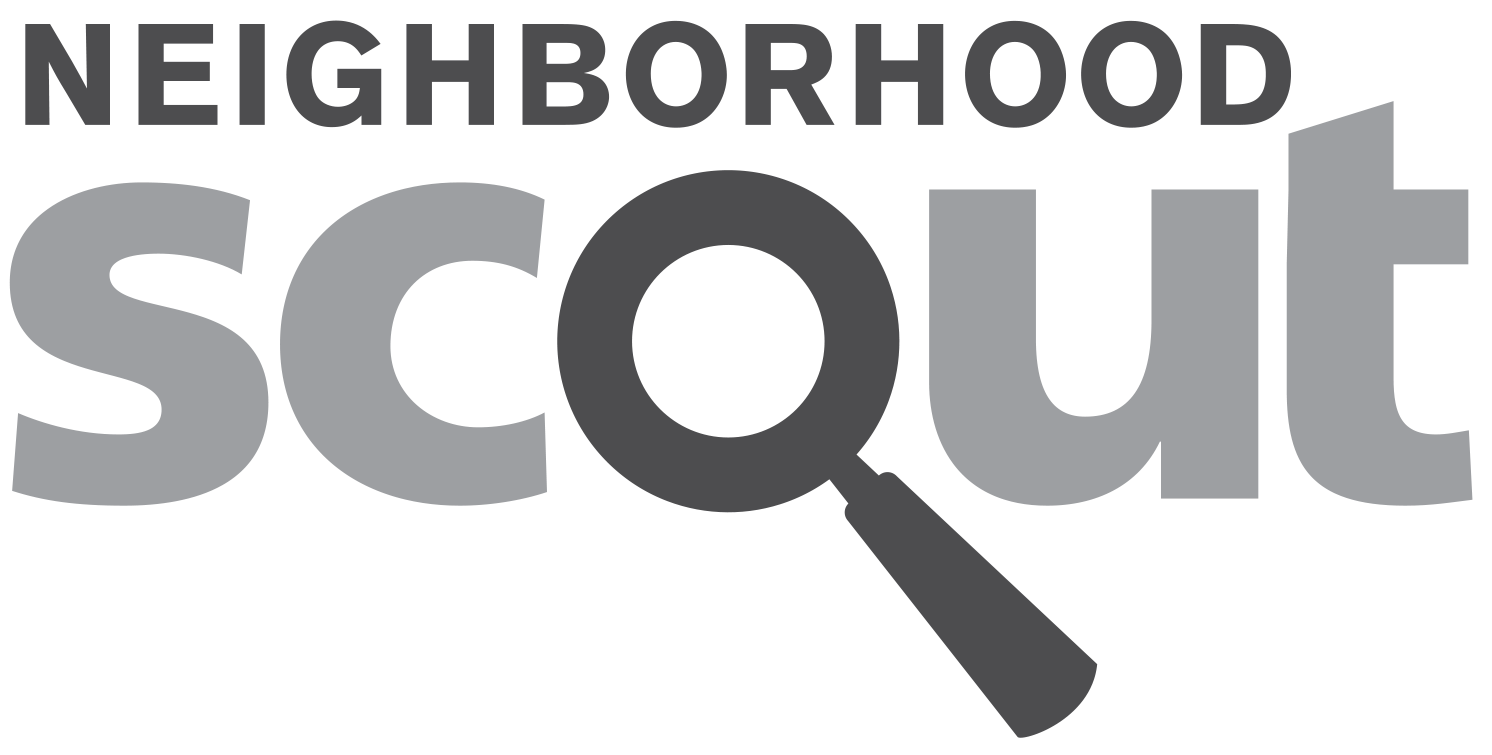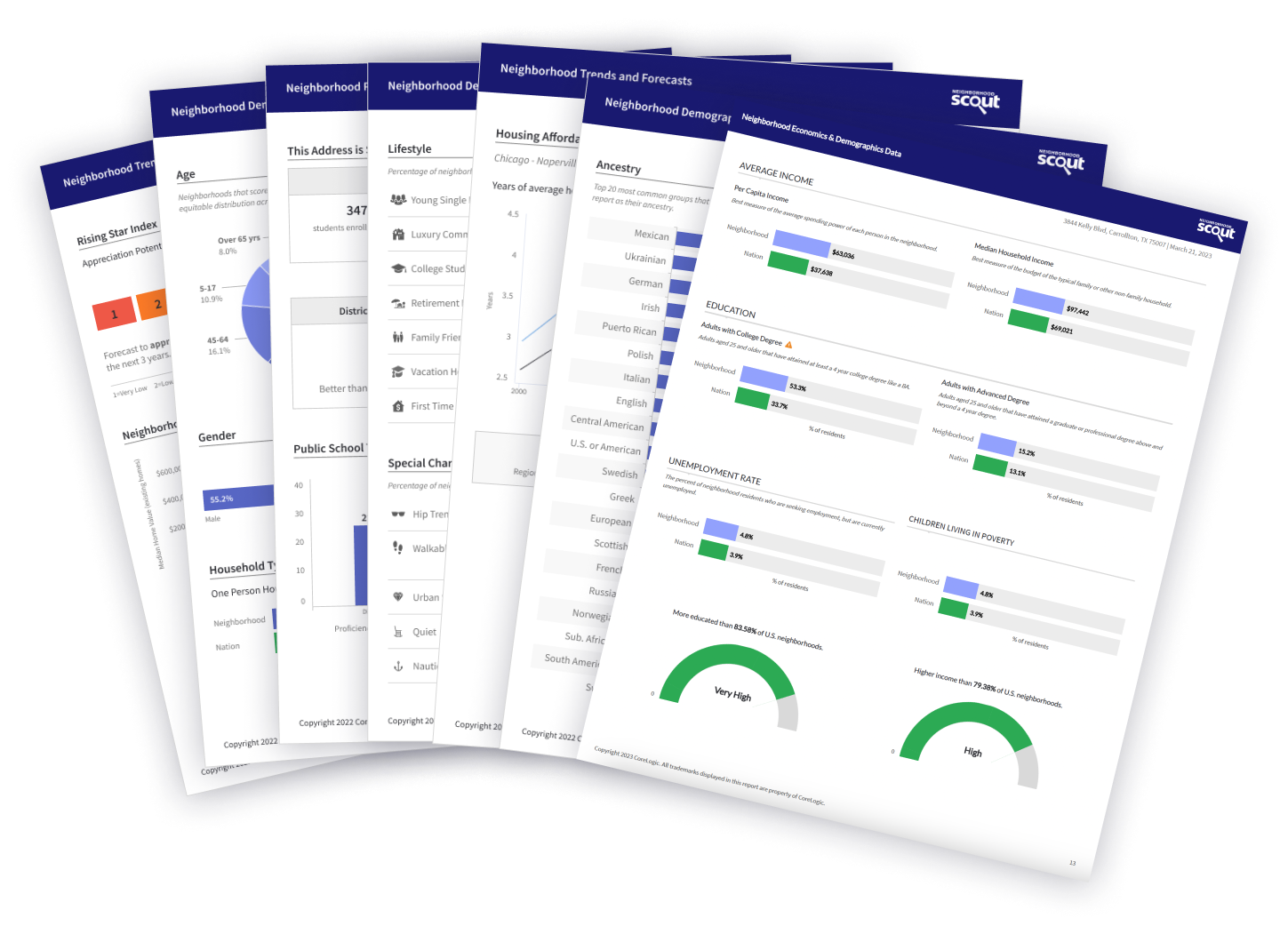Of important note, New Marlborough is also a town of artists. New Marlborough has more artists, designers and people working in media than 90% of the communities in America. This concentration of artists helps shape New Marlborough’s character.
Also of interest is that New Marlborough has more people living here who work in computers and math than 95% of the places in the US.
One interesting thing about the economy is that relatively large numbers of people worked from their home: 35.66% of the workforce. While this number may seem small overall, as a fraction of the total workforce this is high compared to the rest of the county. These workers are often telecommuters who work in knowledge-based, white-collar professions. For example, Silicon Valley has large numbers of people who telecommute. Other at-home workers may be self-employed people who operate small businesses out of their homes.
Another notable thing is that New Marlborough is a major vacation destination. Much of the town’s population is seasonal: many people own second homes and only live there part-time, during the vacation season. The effect on the local economy is that many of the businesses are dependent on tourist dollars, and may operate only during the high season. As the vacation season ends, New Marlborough’s population drops significantly, such that year-round residents will notice that the city is a much quieter place to live.
New Marlborough is a good choice for families with children because of several factors. Many other families with children live here, making it a place where both parents and children are more likely to develop social ties with other families. The town’s good public school district and large population of college-educated adults provide an environment conducive to academic success. Many people own their own single-family homes, providing areas for children to play and stability in the community. Finally, New Marlborough’s overall crime rate ranks among the lowest in the country, making it one of the safest places to raise a family.
It is a fairly quiet town because there are relatively few of those groups of people who have a tendency to be noisy. (Children, for example, often can't help themselves from being noisy, and being parents ourselves, we know!) New Marlborough has relatively few families with children living at home, and is quieter because of it. Renters and college students, for their own reasons, can also be noisy. New Marlborough has few renters and college students. But the biggest reason it is quieter in New Marlborough than in most places in America, is that there are just simply fewer people living here. If you think trees make good neighbors, New Marlborough may be for you.
Despite being a small town, New Marlborough has a lot of people using the subway to get to and from work every day. Most of these people on the subway are using it to get to good jobs in other cities.

